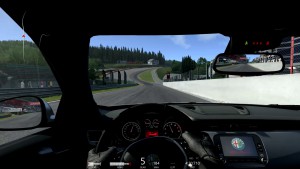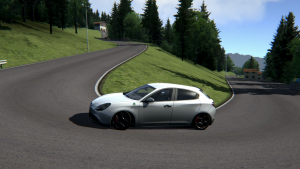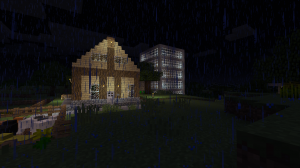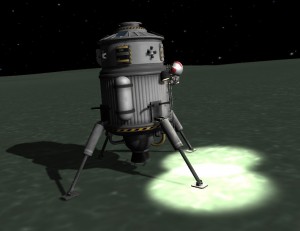Computer Games and Climate Change
During my ongoing literature review I often discover interesting facts about things I’ve never thought about. Sometimes I can connect these facts with my own observations: The result is mostly a completely new idea why things are as they are. Maybe these ideas are new to you, too. Therefore I’ll share my new science based knowledge with you!
This week: This time, I think about how computer games could be used to raise the global awareness of the climate change.
The International Symposium On Climate Change [1] took place in Rome from Wednesday to Friday and was broadcasted live via the internet. During this event, experts presented and discussed scientific data indicating the change of our climate, potential outcomes and threats of the climate change, as well as methods how this global problem could be addressed and controlled. The latter part, however, is a huge challenge as we do have to act now in order to limit the environmental issues of tomorrow. This is not an easy task as it requires actions and changes in the politics, the economy and our own lifestyle all around the world. Furthermore, it is important to raise the global awareness of the climate change and of possible ways to save our environment.
For instance, the climate change can not only be stopped by reducing the CO2 emissions as other elements do also play a significant role. It might be hard to believe, but the recent demand for meat has a huge impact on the climate change as well. The farms that produce all this meet cause a huge emission of methane which is also increasing the global warming and hence increasing the rate of the climate change.
At this point, I realized that computer games can be an effective tool to raise this global awareness as computer games can present and simulate the course of the climate change in a vivid and immersive way. Players can experiment around with different types of emissions and subsequently experience the effects on the virtual climate. Additionally, video games can be used to present and to discuss alternative ways of living in order to raise even the awareness of modern technology that can help us to sustain our climate. Moreover, computer games can be helpful to put all the predictions into perspective. The probably best outcome we still could achieve if we would take action right now, would be an average global temperature raise of 2°C. But what are the results of a global temperature increase by this amount? Virtual worlds would be a perfect tool to demonstrate the effects of this change. For example, the game could simulate the change of the world due to the raising water level of the oceans.
Anno 2070 [2] is a good example for demonstrating the effects of environmental polution. However, the game does not simulate a global climate change and limits the effects of the polution to small islands in the game world. Additionally, the game is not drastic enough as it is possible to reverse the effects by just exchanging dirty factories with clean ones. On the other side, the game presents and discusses the effects of environmental polution and thus increases the global awareness for global problems.
Now, we need more of these games in order to present and to discuss what is going on and how we could stop or at least reduce the effects of the climate change if we all start to work together in order to sustain our climate.
In the end, it is not only about saving the global climate, it is all about saving ourselves. The Earth does not need us, but we need the Earth in order to survive.



